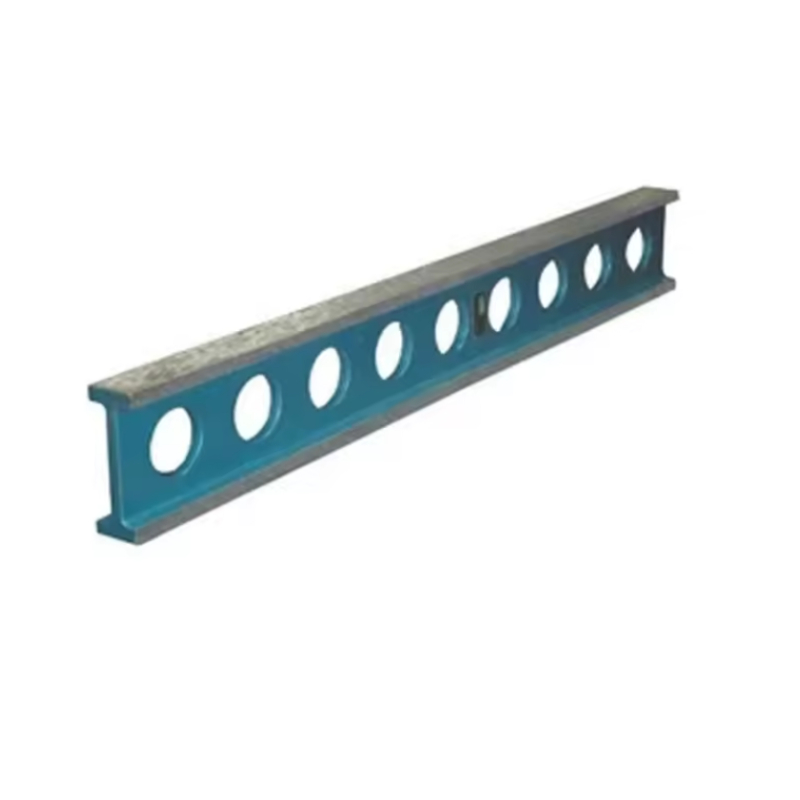Aug . 16, 2024 15:51 Back to list
Effective Solutions for Reducing Machine Vibration with Quality Pads
Understanding Machine Vibration Pads Their Importance and Applications
In the world of industrial machinery, efficient operation and longevity are paramount. One critical aspect that contributes to both is the management of machine vibrations. Enter machine vibration pads—essential components designed to mitigate excessive vibrations, enhance operational efficiency, and extend the lifespan of machinery.
What Are Machine Vibration Pads?
Machine vibration pads, also known as vibration isolators or vibration dampers, are materials engineered to absorb and dissipate vibration energy. They are strategically placed under machinery, providing a buffer that minimizes the transmission of vibrations to the surrounding environment. These pads can be composed of various materials, including rubber, neoprene, polyurethane, and spring-based systems, chosen based on the specific application and the type of machinery in use.
The Importance of Vibration Control
Vibration in machinery can arise from several sources, including the operation of motors, compressors, and other mechanical processes. Excessive vibrations can lead to several adverse effects, including
- Premature Wear and Tear Continuous exposure to vibrations can damage machinery components, leading to expensive repairs or premature replacement. - Noise Pollution Industrial environments often contend with high noise levels, and uncontrolled vibrations contribute to this issue. Vibration pads help reduce noise generated by machines, creating a more conducive working environment. - Operational Efficiency Excessive vibrations can lead to misalignment, decreased efficiency, and even safety hazards. By utilizing vibration pads, businesses can maintain optimal performance levels. - Impact on Surroundings Vibrations generated by industrial machinery can affect nearby structures, potentially causing damage or requiring costly mitigation measures. Vibration pads help minimize this impact.
Applications of Vibration Pads
Machine vibration pads find applications in various industries, including manufacturing, automotive, HVAC (heating, ventilation, and air conditioning), and even in residential settings. Here are some key applications
machine vibration pads

1. Manufacturing Equipment In factories and assembly lines, machines like presses, conveyors, and motors generate significant vibrations. Vibration pads help maintain precision and functional integrity by absorbing these vibrations.
2. HVAC Systems HVAC units often produce vibrations that can lead to inefficiencies and noise. Vibration pads ensure these systems operate effectively without disturbing the environment.
3. Automotive Industry In automotive manufacturing, vibration pads are used to isolate components such as engines and transmissions, reducing noise and preventing wear.
4. Home Appliances Even in residential applications, vibration pads can be placed under washing machines, refrigerators, and other appliances to minimize noise and prevent damage to floors.
Choosing the Right Vibration Pads
Selecting appropriate machine vibration pads involves considering several factors, including
- Load Capacity The weight of the machinery will dictate the type of vibration pad needed to ensure optimal performance. - Frequency Range Different pads cater to different vibration frequencies. Knowing the operational frequency of your equipment will aid in selecting the right pads. - Environmental Conditions Consider whether the pads will be exposed to extreme temperatures, chemicals, or moisture, as this may influence material choice. - Installation Ease Some vibration pads are designed for easy installation, while others may require more complex fitting.
Conclusion
In conclusion, machine vibration pads are indispensable tools for enhancing machinery performance, reducing wear and tear, and promoting a safe work environment. By minimizing vibrations, these pads play a crucial role in maintaining operational efficiency and ensuring the longevity of equipment across various industries. As technology advances, the design and materials used in these vibration isolators continue to evolve, further improving their effectiveness and applications. Investing in quality vibration pads is a wise move that businesses should consider for optimal machinery performance.
-
Thread Micrometer Set FeaturesNewsJul.04,2025
-
Right Angle Ruler Tool for WoodworkingNewsJul.04,2025
-
Precision Frame Level Calibration StepsNewsJul.04,2025
-
Magnetic Vee Block MaterialsNewsJul.04,2025
-
Heavy Duty Ground Anchors in MiningNewsJul.04,2025
-
Features of Welding Table Cast IronNewsJul.04,2025
Related PRODUCTS









